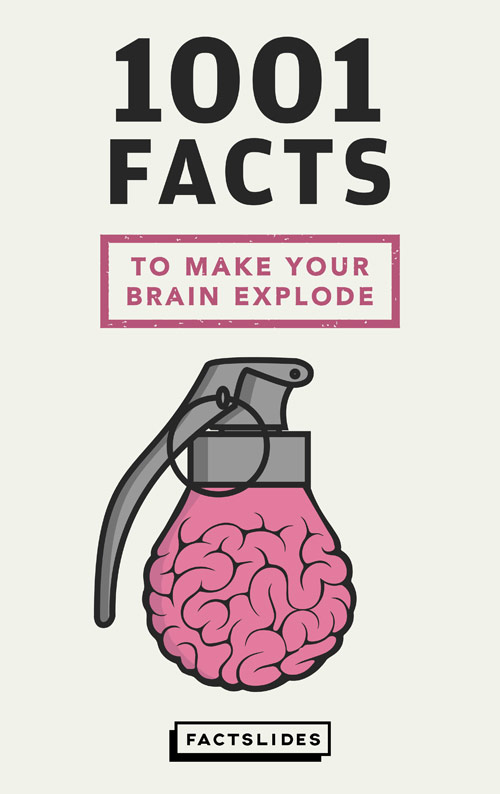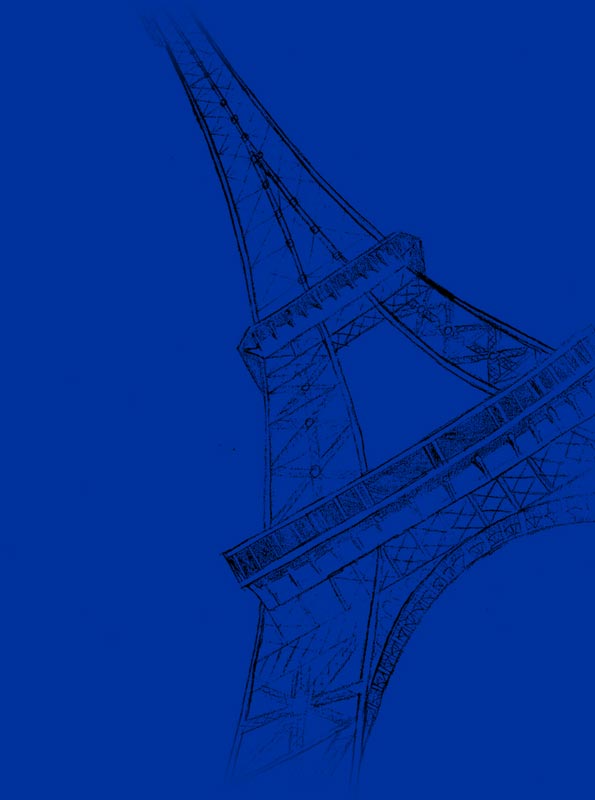
The Eiffel Tower was built for the 1889 Paris Exposition and was not intended to be permanent.
♦ SOURCE
♺ SHARE
The Exposition Universelle of 1889, held during the year of the 100th anniversary of the storming of the Bastille, was used to showcase scientific and technological advances. The main symbol of the Fair was the Eiffel Tower, which served as the entrance arch to the Fair.
The Eiffel Tower was going to be demolished in 1909, but was saved because it was repurposed as a giant radio antenna.
♦ SOURCE
♺ SHARE
Designer Gustave Eiffel had a permit for the tower to stand for 20 years after the Exposition. It was to be dismantled in 1909, and in fact, part of the original contest rules for designing the tower was that it should be easy to dismantle. However, the tower proved to be valuable for communication purposes, so it was allowed to remain after the expiry of the permit.
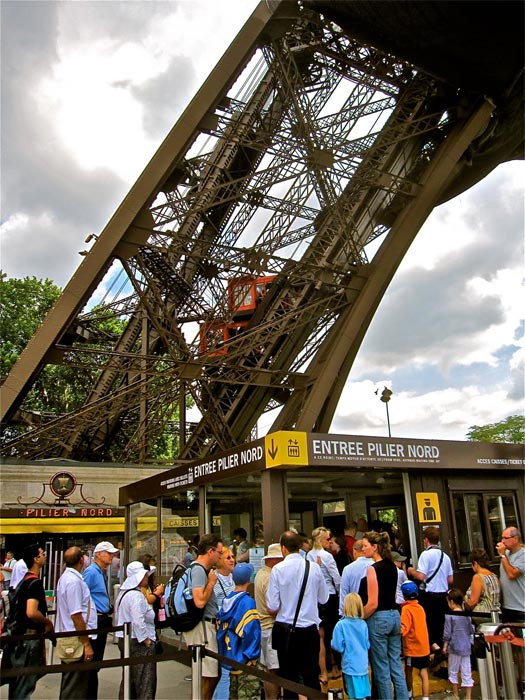
The Eiffel Tower is the most-visited paid monument in the world: 6.07 million people in 2018.
♦ SOURCE
♺ SHARE
Back in September 2017, the monument recorded its 300 millionth visitor overall since it first opened in 1889.
During WW2, when Hitler visited Paris, the French cut the lift cables on the Eiffel Tower so that Hitler would have to climb the steps if he wanted to reach the top.
♦ SOURCE
♺ SHARE
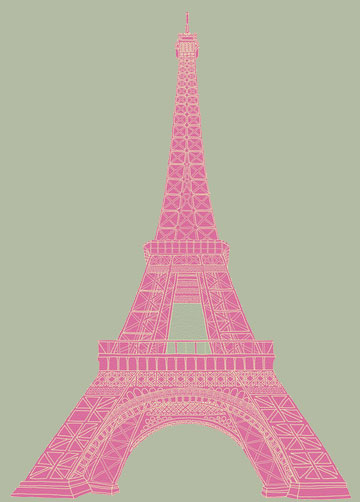
During the Nazi occupation, the tower was closed to the public. When the Allies were nearing Paris in August 1944, Hitler ordered General Dietrich von Choltitz, the military governor of Paris, to demolish the tower along with the rest of the city, but Von Choltitz disobeyed the order.
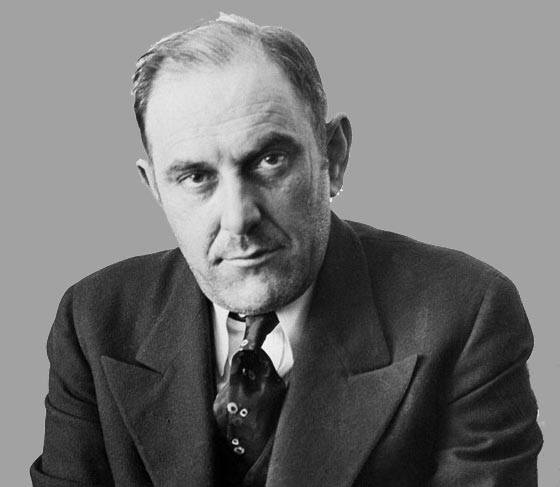
Con artist Victor Lustig "sold" the Eiffel Tower to a scrap metal dealer.
♦ SOURCE
♺ SHARE
Widely regarded as one of the most notorious con artists of his time, Lustig met with scrap metal dealers and convinced them that the French government wished to sell the tower for scrap. After one of them agreed to pay Lustig a large bribe to secure ownership of the tower, the con man took his bribe and fled to Austria.
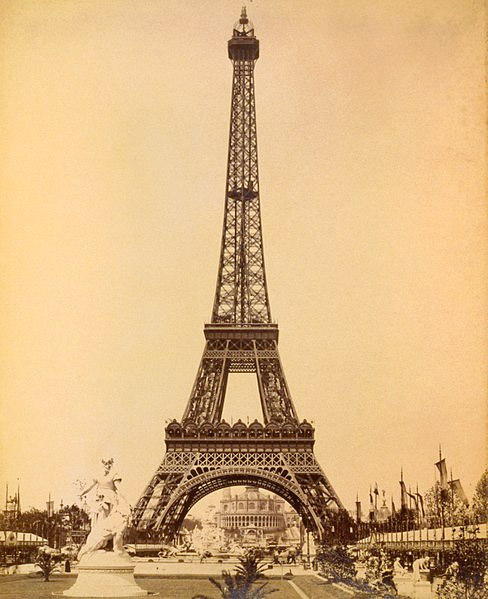
The Eiffel Tower was originally intended for Barcelona, Spain, but the project was rejected.
♦ SOURCE
♺ SHARE
According to the rumour, Eiffel and his company first pitched the designs for the tower to Barcelona, which hosted its own version of the World Fair the year before, in 1888.

The height of the Eiffel Tower varies by 5.9 inches (15 cm) due to temperature changes.
♦ SOURCE
♺ SHARE
This is due to thermal expansion of the metal on the side facing the sun.
1,665 steps are needed to climb all the way to the top of the Eiffel Tower.
♦ SOURCE
♺ SHARE
You can take the 674 steps from the bottom of the Eiffel Tower up to the 2nd Floor. From there, you'll face another 991 steps to the top, but those are not open to the public.
That's about the same height as an 81-storey building. During its construction, the Eiffel Tower surpassed the Washington Monument to become the tallest man-made structure in the world, a title it held for 41 years.
A woman named Erika La Tour Eiffel "married" the Eiffel Tower in 2007.
♦ SOURCE
♺ SHARE

She has a bizarre fetish for inanimate objects and changed her name legally to reflect the 'marriage'.
There are 20,000 light bulbs on the Eiffel Tower.
♦ SOURCE
♺ SHARE
5,000 light bulbs per side bring the monument to life for 5 minutes every hour on the hour once the Tower has been lit up until 1 am.
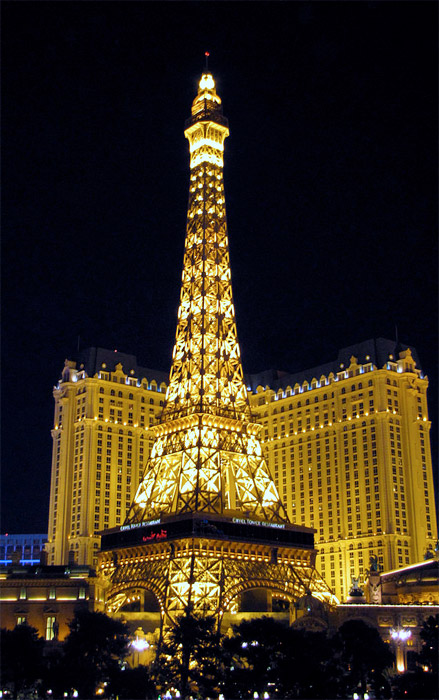
There are over 30 replicas of the Eiffel Tower around the world.
♦ SOURCE
♺ SHARE
The Tokyo Tower is actually taller than the Eiffel Tower, while the one in Las Vegas is about half its size. There's another in Shenzhen, Berlin, Nagoya, Prague, Guatemala City and even in Oblast, Russia.
The paint on the Eiffel Tower weighs as much as 10 elephants.
♦ SOURCE
♺ SHARE

The Tower requires 60 tonnes of paint for a surface of 250,000 m2. It has been re-painted 18 times since its initial construction, an average of once every seven years.
Gustave Eiffel had an apartment for himself at the top of the Eiffel Tower.
♦ SOURCE
♺ SHARE
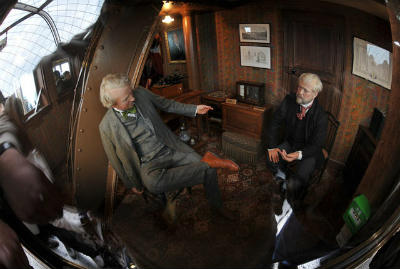
Gustave Eiffel used his apartment at the top of the tower to entertain guests and carry out meteorological observations.

In 1891, London built a structure designed to surpass the Eiffel Tower in height. It was unsteady, never completed and demolished in 1907.
♦ SOURCE
♺ SHARE
Led by the railway entrepreneur Sir Edward Watkin, the ambitious project was a 358-metre (1,175 ft)-high visitor attraction right where the Wembley Stadium is located today. It was never finished because the construction company experienced problems financing the project and went into voluntary liquidation in 1899.

Gustave Eiffel, the man who designed the Eiffel Tower, was also behind the design for the Statue of Liberty's spine.
♦ SOURCE
♺ SHARE
Eiffel had experience with wind stresses, so he devised a structure consisting of a four-legged pylon to support the copper sheeting which made up the body of the statue. The entire statue was erected in Paris, dismantled, and shipped to the U.S.

At the time of its construction, the Eiffel Tower was the tallest building in the world.
♦ SOURCE
♺ SHARE
It was twice as tall as the Tower of Cologne Cathedral, the world's tallest structure since 1880.

300 workers, 18,038 pieces of wrought iron and 2.5 million rivets were needed to build the Eiffel Tower.
♦ SOURCE
♺ SHARE
The drawing office produced 1,700 general drawings and 3,629 detailed drawings of the 18,038 different parts needed. If any part did not fit, it was sent back to the factory for alteration.
If the Eiffel Tower was built today, it would cost about US$31 million.
♦ SOURCE
♺ SHARE
That's not too far from the 8 million cost in 1890 Francs, which is around 36 million in 2015 U.S. dollars. The materials are estimated to be worth $1 million, but labor would be about $30 million.
The Eiffel Tower was almost temporarily relocated to Canada in 1967.
♦ SOURCE
♺ SHARE

The idea of bringing the Eiffel Tower to Montreal for Expo 67 was pursued very seriously, so much so that Gen. Charles de Gaulle was persuaded to give his official blessing to the project. While feasible, the idea was found to be too expensive.
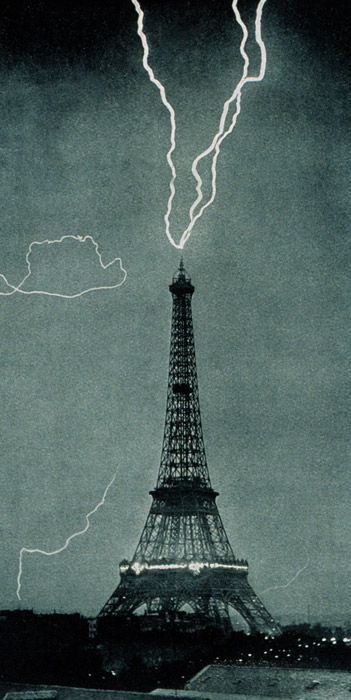
In 1902, a lightning strike damaged the upper section of the Eiffel Tower, requiring the reconstruction of its top.
♦ SOURCE
♺ SHARE
This fixing also increased the height by 5.1 m (17 ft).
The Eiffel Tower is not fully illuminated 24/7. Since 2013, it shuts off the lights at 1AM to save energy.
♦ SOURCE
♺ SHARE
There's a law making obligatory for businesses, stores and public buildings across France, including Paris, to turn off lights in shop windows and on façades between 1am and 7am.

Novelist Guy de Maupassant denounced the Eiffel Tower as a "useless and monstrous" structure. He liked to eat his meals in the restaurant at the tower's base, as it was the only place where he didn't have to look at it.
♦ SOURCE
♺ SHARE
Guy de Maupassant never accepted the tower. Annoyed by its immense popularity, he couldn’t stand the sight of his iron arch nemesis, which seemed to follow him whenever he wanted to stroll around the center of Paris.

The Eiffel Tower was inaugurated the same year Nintendo was founded and Adolf Hitler was born: 1889.
♦ SOURCE
♺ SHARE
1889 was also the year the Coca-Cola Company originally incorporated as the Pemberton Medicine Company, Vincent van Gogh painted The Starry Night and the first issue of The Wall Street Journal was published.

It is illegal to reproduce photos of the Eiffel Tower at night.
♦ SOURCE
♺ SHARE
European Union copyright law states that an artistic work (e.g. a photo, video, song, or building) is protected during the lifetime of its creator, plus another 70 years. Since the lights were not installed until 1985 and are considered an artistic work, they are well within their copyright protection period.
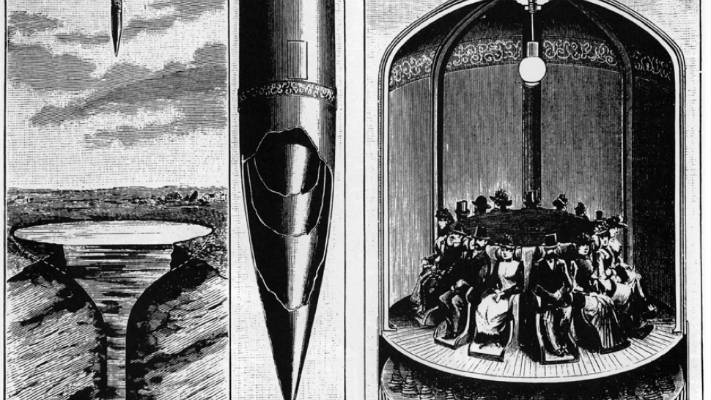
In 1891, a ride was planned that would drop passengers in free fall from the top of the Eiffel Tower into a pond at the bottom.
♦ SOURCE
♺ SHARE
The shell would have hit the water at over 170 miles an hour, a speed at which no human being had ever traveled at that time.
Inventor Franz Reichelt died by jumping from the Eiffel Tower while testing a parachute of his own design.
♦ SOURCE
♺ SHARE

Initial experiments conducted with dummies dropped from the fifth floor of his apartment building had been successful, so he received permission to conduct a test from the Eiffel Tower. On arrival, he made it clear that he intended to, instead, jump personally. Despite attempts to dissuade him, he jumped and the parachute failed to deploy, plummeting 57 metres (187 ft) to his death.












